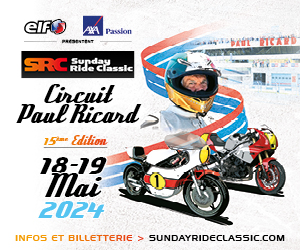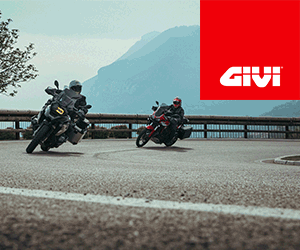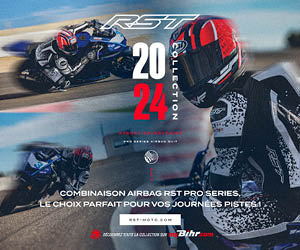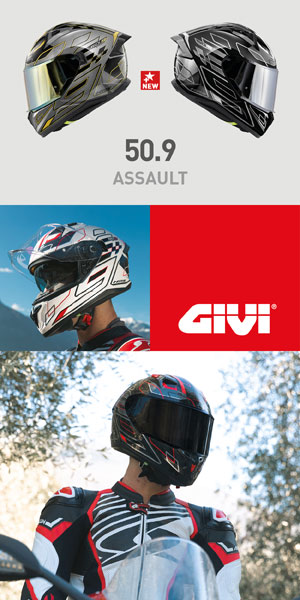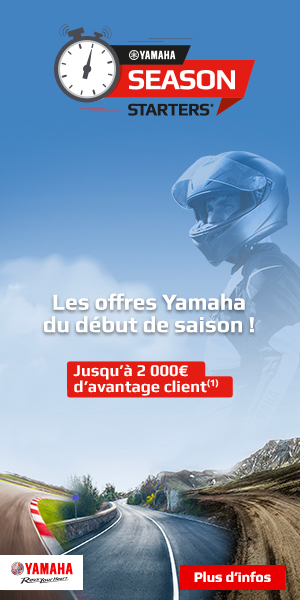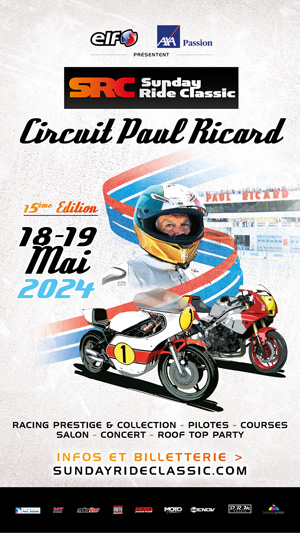Since last year, the initial tests, which have always existed in a somewhat anarchic manner, have been more seriously supervised and now benefit from their own session at the end of a test session.
It must be said that the machines are increasingly complex to manage in this starting phase, and if the front Ride Height Devices have indeed been banned from this 2023 season, the drivers must still engage and control the Start Devices and the rear Ride Height Devices, in addition to managing their position on the motorcycle as well as the clutch lever, all with a minimum reaction time.
This is why, from now on, drivers generally have 15 minutes to familiarize themselves with all these devices, while they are only allowed one attempt at the end of the practice sessions for a Grand Prix. , or even two or three in the case where the route allows practice at the exit of the pitlane, as stipulated in the regulations.
“During training sessions and warm-ups, training starts are permitted:
a) where safely possible, exiting the pit lane before rejoining the track, and
b) after passing the checkered flag at the end of practice sessions and warm-ups, when it is possible to do so safely, outside the racing line and
only in the designated test start area(s) and following the procedure communicated to the teams before the first practice session.
Any violation of this rule will result in an immediate fine and other penalties may be applied. »
We have therefore gradually become accustomed to these sessions where the riders manage to do half a dozen starting tests, but as in MotoGP everything evolves towards ever-increasing rigor, Portimão brought its little novelty, a team having dispatched a mechanic with a lamp simulating a red light to measure the pilot's reaction time.
A detail ? Maybe, or maybe not: we'll see if this approach catches on, like the first wings presented by Ducati which initially sparked a lot of ridicule before being copied by everyone …















